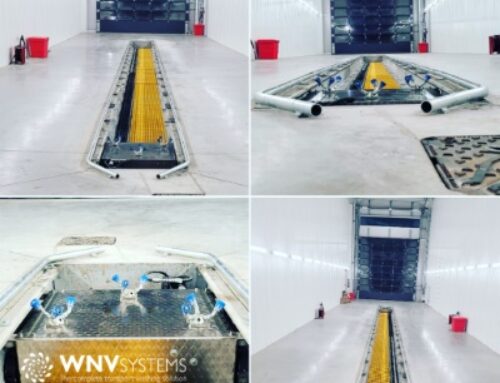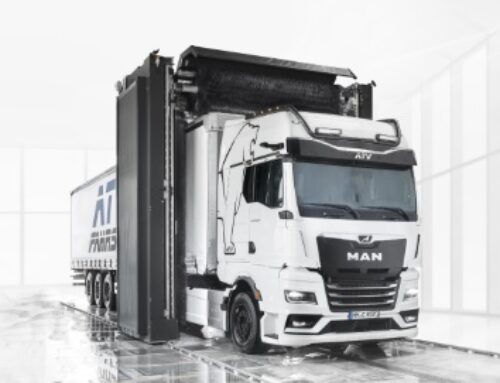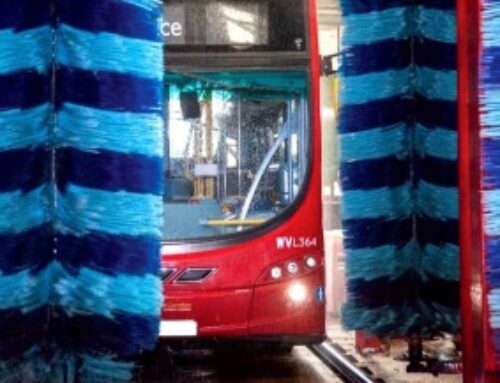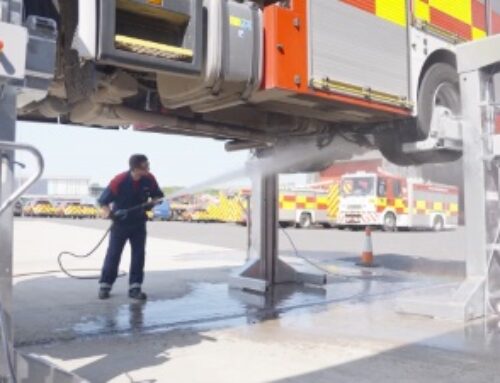Opinion: game for change
 Dougie Portwood, director of strategic programme management at GreenRoad, discusses how the ‘gamification’ of driver behaviour through telematics-based coaching solutions can yield improved employee satisfaction and cut costs
Dougie Portwood, director of strategic programme management at GreenRoad, discusses how the ‘gamification’ of driver behaviour through telematics-based coaching solutions can yield improved employee satisfaction and cut costs
Technology has undoubtedly altered how fleets operate day-to-day by providing new tools to boost efficiency, communication and organisation. But perhaps less obviously, technology also gives fleets the opportunity to drive change, build employee loyalty, inspire learning and make routine jobs a bit more fun by gamifying everyday tasks.
Gamification has been used by fleets for years to inspire better driving behaviour. When I was a bus driver more than a decade ago, our management team tracked each driver’s safety ratings and posted our rankings on a leaderboard to inspire friendly competition.
Fleet drivers spend a great deal of time behind the wheel, so it makes sense for managers to turn this ‘idle’ time into a learning and engagement opportunity to inspire safer driving and better vehicle health.
The ability to gamify driving has only improved as technology has advanced. Now we can ask drivers to install apps that will automatically read and react to their driving behaviours, acting as an in-vehicle coach wherever they go.
While drivers may worry at first that this virtual coach will feel stifling, they quickly become engrossed in the ‘game’ — trying to beat their own or their colleagues’ safety scores and improve their driving behaviour on a moment-by-moment basis.
By taking the elements that make games fun and engaging — such as competition, recognition, goals, checkpoints, and feedback — and incorporating them into the act of driving, you can help employees become more open and motivated to learn, self-improve and achieve.
This can have a tremendous effect not only on driving behaviour and risk reduction, but driver retention. Studies show that employees actually want and value personal development and learning  more than career progression opportunities.
more than career progression opportunities.
Not only can gamification boost employee engagement and job satisfaction, it can actually help your company save money in the long run, too.
Every time your drivers take their company vehicles out on the road, they are adding some amount of wear and tear, but how much damage they cause can vary greatly depending on how each driver handles his or her vehicle. Every rough turn, stop, and start can damage a vehicle’s engine, tyres, transmission, brakes, steering, and suspension.
Jerky acceleration puts stress on a vehicle’s combustion chamber and engine rotary components. Hard and sudden braking wears out brake pads, warps rotors, and overheats brake fluid. Turning too sharply can ruin power steering pumps or affect wheel alignment if the driver bumps curbs.
Most commonly, poor driving wreaks havoc on a vehicle’s transmission in variety of ways, including battered gearboxes and clutches, overheated differentials, and disconnected gear linkage from sudden shifting.
In other words, every manoeuvre matters and adds up to the amount you’ll pay in vehicle repair and replacement costs over time, especially if a risky manoeuvre results in an accident. By using gamification technology to help drivers self-monitor, correct, and avoid these behaviours, you can substantially reduce vehicle wear and tear across the entire fleet.
One of the most effective ways to inspire an employee to improve their driving is to find a way to inspire intrinsic motivation. And if you also save a good chunk of money, contribute to safer roads and build longer-lasting relationships with your employees while you’re at it, gamification can be a clear win for everyone involved.











